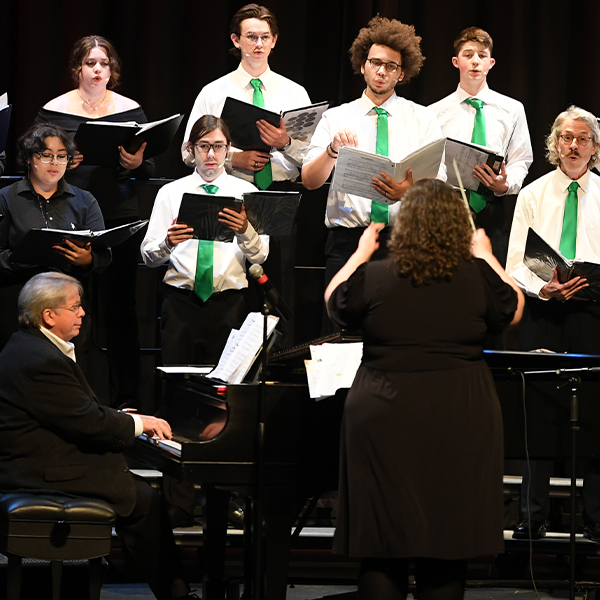Program and Career Description:
Anesthesia technologists support the licensed anesthesia provider with the acquisition, preparation and application of various types of equipment required for the delivery of anesthesia. Other job responsibilities of the anesthesia technologist include maintaining the anesthesia machine, assisting with vascular access and regional anesthesia procedures, troubleshooting equipment, assisting with difficult airways, performing point of care lab tests and operating rapid infusers. More advanced duties might include the operation of autotransfusion equipment or intraaortic balloon pumps.
How long is the program?
Columbia State's program is designed with a focus on general education/foundation courses Fall/Spring of the first academic year. A new cohort of students will start the intense sequence of core courses each summer for three semesters (12 months.)
What does the program provide?
A competency based classroom & clinical experience which provides students with the skills and preparation for credentialing exam success, gainful in-field employment, and career satisfaction.
How is the job market?
Columbia State developed the Anesthesia Technology program for 2018 implementation in response to requests from area healthcare providers which experience difficulty hiring qualified technologists and filling vacant positions. The demand for formally trained Anesthesia Technologists is projected to grow in conjunction with availability of credentialed applicants in the region.
Program policies under development, contact program director for further information.
- Admission criteria finalized Fall 2017.
- Interested students MUST enroll in ANES 1001 Spring 2018.
- Applications accepted Spring 2018.
- Inaugural cohort begins Summer 2018.
- Projected 1st Graduating Class May 2019.
Transfer Options
The Anesthesia Technology associate of applied science degree is designed for career-entry. However, some universities may accept some or all of the course work for transfer. Transfer credit is awarded at the discretion of the receiving institution. Students are advised to inquire directly with advisors at the university level regarding expectations for transfer.


 AdmissionsColumbia State - A great place to start!
AdmissionsColumbia State - A great place to start! AcademicsThe courses offered at Columbia State are gateways to growth. Through the gateways–and in those classes–you’ll learn about your world and about yourself; you’ll discover new careers and you’ll grow.
AcademicsThe courses offered at Columbia State are gateways to growth. Through the gateways–and in those classes–you’ll learn about your world and about yourself; you’ll discover new careers and you’ll grow. Campus LifeWe understand that your personal and professional growth isn’t limited to what you learn in the classroom. Or rather, at Columbia State, the entire campus and its surrounding community is your classroom.
Campus LifeWe understand that your personal and professional growth isn’t limited to what you learn in the classroom. Or rather, at Columbia State, the entire campus and its surrounding community is your classroom. AthleticsColumbia State fields five NJCAA Division I teams. The Chargers have routinely moved on to Division I programs, been drafted by Major League Baseball clubs, and more. Go Chargers!
AthleticsColumbia State fields five NJCAA Division I teams. The Chargers have routinely moved on to Division I programs, been drafted by Major League Baseball clubs, and more. Go Chargers! Arts & EntertainmentWe celebrate the important role of the arts in a well-rounded education. In addition to the books read, tests taken and study groups formed that make up our students’ academic growth, we also provide a wide range of cultural and intellectual opportunities.
Arts & EntertainmentWe celebrate the important role of the arts in a well-rounded education. In addition to the books read, tests taken and study groups formed that make up our students’ academic growth, we also provide a wide range of cultural and intellectual opportunities. Workforce & Continuing EducationIf you want to develop new skills, improve your organization’s performance or just learn new things, you have found the right place!
Workforce & Continuing EducationIf you want to develop new skills, improve your organization’s performance or just learn new things, you have found the right place!


